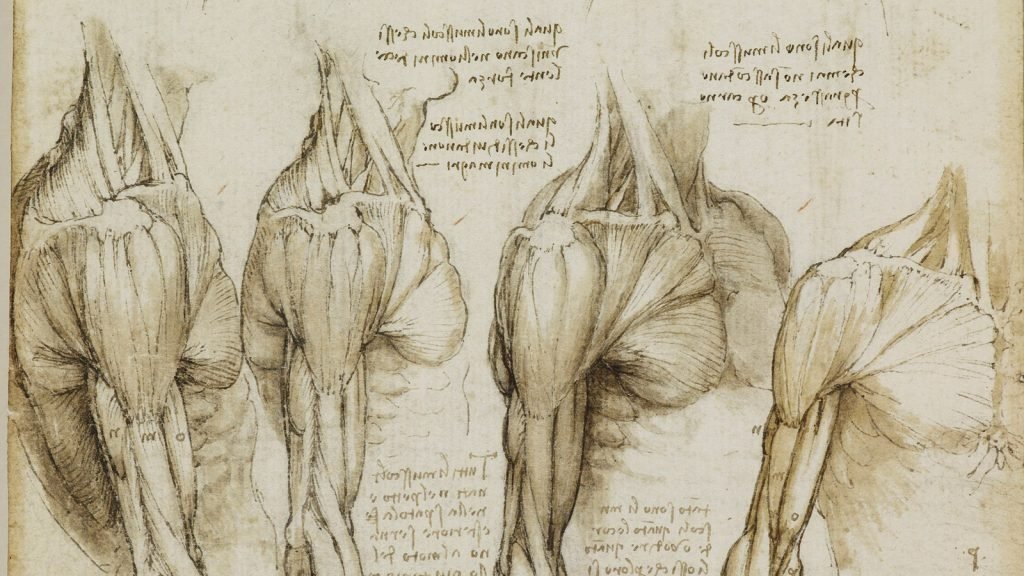
What Is Rolfing?
Developed by Dr. Ida Rolf in the 1940s, Rolfing® structural integration is a form of bodywork in which the therapist manipulates the body’s pervasive fascial system to enhance health, improve performance, and relieve pain. A biochemist by training, Dr. Rolf observed that the body functions best when its bony segments are in proper alignment. She believed that misalignment stresses the soft tissues—muscles, fascia, tendons, and ligaments—and creates compensations throughout the structure. Drawing upon many forms of alternative healing including osteopathy, chiropractic medicine, yoga, and the Alexander Technique, Dr. Rolf developed an approach to relieving chronic postural misalignment by manually releasing fascial restrictions.
What is fascia?
While massage therapy addresses muscular adhesions, Rolfing addresses fascial patterns of restriction. Fascia is a tough, continuous, web-like sheath that enwraps all the muscles and organs of the body. Fascial patterns of strain and pull, when balanced, hold us upright in gravity and support and contain our muscles and organs. Without fascia, we would collapse. Healthy, hydrated fascia stretches and glides against neighboring tissues. Unhealthy fascia is dry, rigid, and adhesed to itself and to other structures. It restricts our ability to move freely and with ease.
Things that can cause fascia to stick or adhese are:
Injury or trauma (car accidents, sports injuries, falls)
Surgeries (particularly those that involve deep or multiple incisions)
Aging process (in which fascia becomes more fibrous and loses pliability)
Chronic misuse or overuse (poor posture, repetitive motion activities)
How does Rolfing create change?
Because fascia is continuous throughout the body, stretching from our head to our toes, an adhesion in one area creates tension that pulls on distant structures. For instance, a scar from an abdominal surgery can create pattern of strain that pulls on the opposite shoulder, which may over time lead to impingement and inflammation. While some manual therapies would focus their work on the affected shoulder, Rolfing takes a broader approach. The Rolfer considers the whole body—where it is inhibited by fascial adhesions and how it organizes around those adhesions. By addressing the fundamental restrictions, rather than just the symptoms, Rolfing can create lasting changes.
How are sessions structured?
Classically, Rolfing addresses imbalances in the fascial network over the course of ten sessions. The Ten Series frees first the superficial fascia then the deep fascia, with each session building upon the previous to create support for the next level of release. For people interested in a briefer introduction to the work, a series of three sessions can be tailored to individual needs.
What to expect
Each Rolfing session begins with an assessment of your structure and organization. We will watch you walk and will look at your posture in standing and seated. You may be asked to do a shallow knee bend or to sidebend or rotate your head and spine so we can see how your joints move.
While on the treatment table, we will use our hands, forearms, and elbows to exert pressure and stretching forces that manually “unstick” fascial adhesions. There may be a burning sensation as the fascia releases. You may be asked to move your limbs or flex or extend through a joint to enhance the fascial stretch. While the sensation may be intense, it should not be painful.
Sessions also frequently include work with you seated on a bench, standing, and/or walking to integrate the structural changes achieved on the table. ✦
“When the body gets working appropriately, the forces of gravity can flow through. Then, spontaneously, the body heals itself.” - Dr. Ida P. Rolf, Founder of Rolfing® Structural Integration
